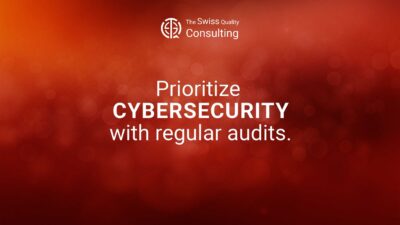Transforming Cities with Connected Technologies
Smart Infrastructure and IoT represent a paradigm shift in how urban environments are managed and developed. By integrating Internet of Things (IoT) technologies into city infrastructure, municipalities can significantly enhance efficiency, sustainability, and the quality of public services. This transformative approach to infrastructure management leverages real-time data, automation, and interconnected devices to optimize resources, reduce waste, and improve the overall livability of urban spaces. This article delves into the key components of smart infrastructure, including the impact on environmental sustainability, energy efficiency, and the enhancement of urban connectivity and services through the application of IoT technologies.
Enhancing Urban Efficiency through IoT Integration
Optimizing Resources and Services with Real-time Data
The core of smart infrastructure lies in its ability to utilize IoT technologies to gather and analyze real-time data from various sources across the city. This includes sensors embedded in roads, bridges, buildings, and other critical infrastructure elements that monitor conditions and performance continuously. By analyzing this data, city managers can make informed decisions about maintenance, traffic management, public safety, and environmental monitoring. This proactive approach to infrastructure management not only prevents costly breakdowns and emergencies but also ensures that urban systems operate at peak efficiency. Furthermore, IoT-enabled infrastructure facilitates the deployment of smart grids, intelligent transportation systems, and automated waste management solutions, significantly enhancing the functionality and sustainability of urban environments.
Promoting Environmental Sustainability with Smart Solutions
Leveraging Technology for a Greener Urban Future
Smart infrastructure plays a crucial role in advancing environmental sustainability within urban settings. By employing IoT devices for monitoring air and water quality, cities can identify pollution sources more accurately and implement targeted measures to address environmental concerns. Additionally, smart energy systems, powered by renewable energy sources and optimized through IoT technologies, can significantly reduce a city’s carbon footprint. Smart lighting systems that adjust based on real-time conditions and occupancy sensors that regulate energy use in buildings are prime examples of how smart infrastructure can contribute to a more sustainable and energy-efficient urban landscape. These initiatives not only preserve environmental resources but also pave the way for healthier and more sustainable living conditions for city residents.
Improving Connectivity and Public Services through Smart Infrastructure
Building Connected Communities with Enhanced Services
IoT technologies enable a new level of connectivity within urban infrastructure, facilitating the delivery of enhanced public services and fostering connected communities. Smart transportation networks that provide real-time updates to commuters, intelligent water management systems that ensure the efficient use of resources, and connected public safety solutions that enhance emergency response capabilities are just a few examples of how IoT can transform city services. This interconnectedness not only improves the reliability and accessibility of urban services but also encourages greater civic engagement by providing residents with the tools and information they need to interact with their city in more meaningful ways. As smart infrastructure continues to evolve, it promises to create more resilient, efficient, and inclusive urban environments that cater to the needs of all citizens.
In conclusion, Smart Infrastructure and IoT are driving forces behind the transformation of urban landscapes into smarter, more sustainable, and efficient environments. Through the strategic integration of IoT technologies into city infrastructure, municipalities can optimize operations, enhance public services, and promote environmental sustainability. As cities continue to grow and face new challenges, the adoption of smart infrastructure solutions will be key to ensuring the well-being and prosperity of urban populations in the decades to come.
#SmartInfrastructure, #IoT, #EfficientInfrastructureManagement, #UrbanDevelopment, #SmartCities, #TechnologyIntegration, #EnvironmentalSustainability, #EnergyEfficiency, #PublicServices, #Connectivity, #DataAnalytics

















